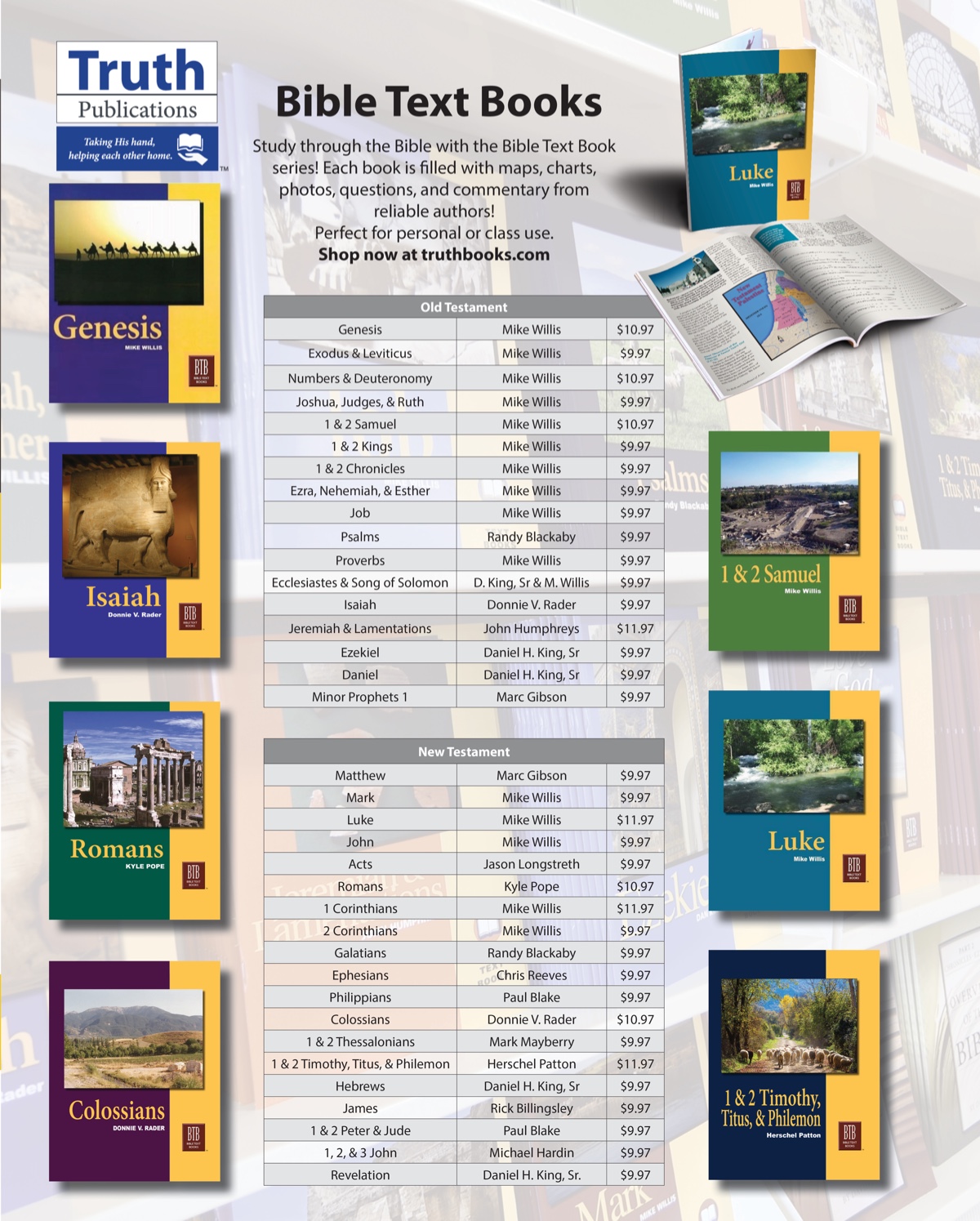by Leon Mauldin
Synopsis: In this article, we consider the strong possibility that Hatshepsut was the daughter of Pharaoh who rescued Moses from the Nile. She went on to reign as Pharaoh herself and left behind some amazing archaeological remains.
The book of Exodus begins with the great affliction of Israel in Egypt as the setting. Hebrew male babies born at that time were literally under a death sentence from Pharaoh. Moses’s mother hid him three months—“but when she was no longer able to hide him, she took a papyrus basket for him and sealed it with bitumen and pitch. She put the child in it and set it among the reeds along the edge of the Nile” (Exod. 2:3, NET). In God’s good providence, Pharaoh’s daughter had compassion on the Hebrew baby and allowed him to live. She gave him the name Moses (2:10), and secured a Hebrew nurse, Moses’s mother! The New Testament records the faith of Moses’s parents as the motivation for their defiance of the king’s command (Heb. 11:23), as well as the faith that Moses made his own! (Heb. 11:24-28).
These events happened during Egypt’s Eighteenth Dynasty (Walter C. Kasier, Jr. dates this period as 1570-1320 BC, and dates Moses’ birth at 1526 BC, and the Exodus at 1446 BC). Using Egyptian chronology, this would place Moses’ birth during the last year of Amenhotep I (1546-1526 BC) or the first year of Thutmose I (1526-1512 BC). Many suggest that the princess, Pharaoh’s daughter who rescued baby Moses, was Hatshepsut, daughter of Thutmose I. Though not dogmatic, Kasier states, “There is no doubt, however, that the chronology suggested here would fit nicely with her, and that she was a most unusual person for her times, possessing a strong personality and unusual gift of leadership, which she eventually used to claim the throne for herself” (Kaiser, 88). She reigned as Pharaoh in Egypt 1503-1483 BC (Note: scholarly dates on Egyptian chronology vary; this does not impact the historicity of Scripture). In his newly published Origins of the Hebrews, Douglas Petrovich concludes, “All of the evidence points to Hatshepsut as the best candidate for Moses’s stepmother” (Petrovich, 148).
Hatshepsut certainly left her imprint, much of which can still be viewed today. Her mortuary temple is located in Thebes (at Deir el-Barhr) on the western bank of the Nile. “The temple at Deir el-Bahri remains Hatshepsut’s most enduring monument. Built of limestone and designed in a series of terraces set against the cliff wall in a bay formed naturally by river and wind action, the temple called ‘Holy of Holies’ (djeser djeseru) was Hatshepsut’s most complete statement in material form about her reign” (Shaw, 232). The Valley of the Kings, burial site of the Pharaohs of the 18th Dynasty, is behind Hatshepsut’s temple and cliff in our photo.
We are also including a relief of the Egyptian goddess Hathor, carved in relief on a column in Hatshepsut’s temple. Also, you can see a large kneeling statue of Hatshepsut, excavated from her temple.
Kaiser, W. C., Jr. A History of Israel: from the Bronze Age through the Jewish Wars. Nashville, TN: Broadman & Holman, 1998.
The NET Bible First Edition (NET Bible). bible.org. Biblical Studies Press, 2005.
Petrovich, Douglas. Origins of the Hebrews. Nashville, TN: New Creation, 2021.
Shaw, Ian. The Oxford History of Ancient Egypt. Oxford, NY: Oxford University Press, 2000.
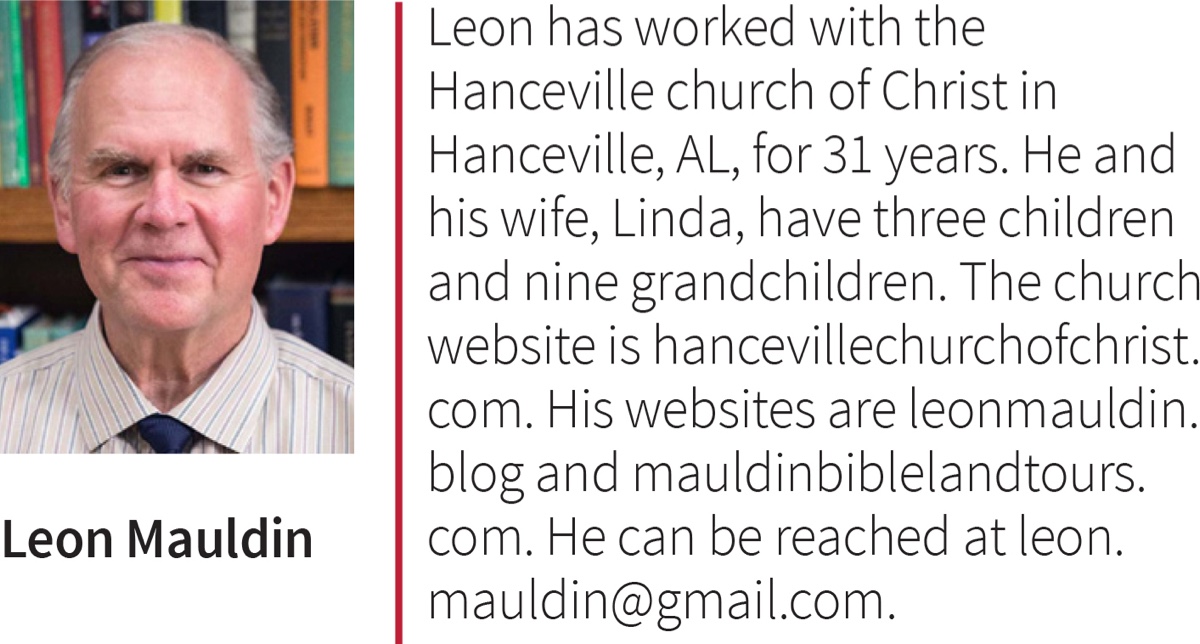
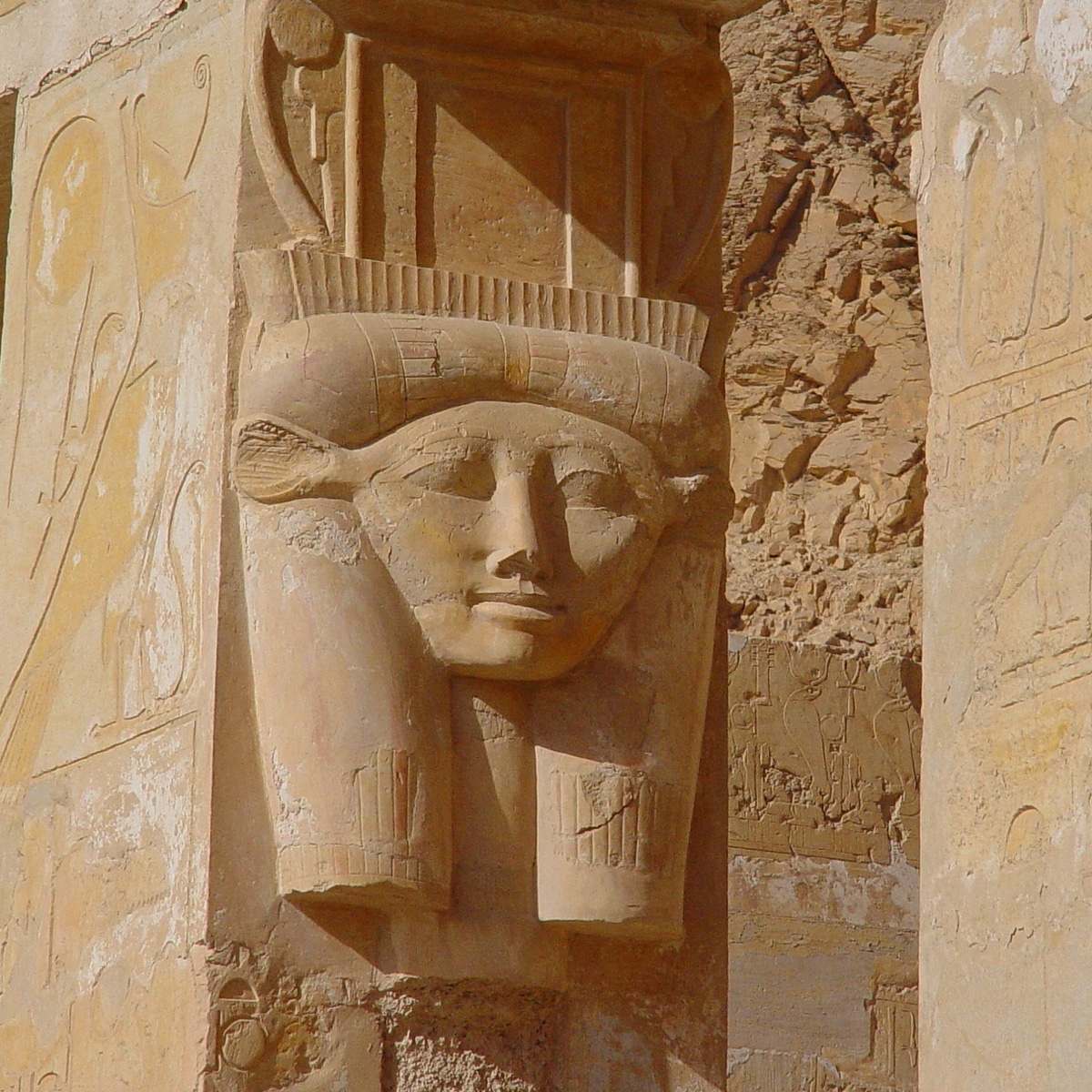
Image-1 Caption: Hatshepsut Image at Hathor © Leon Mauldin
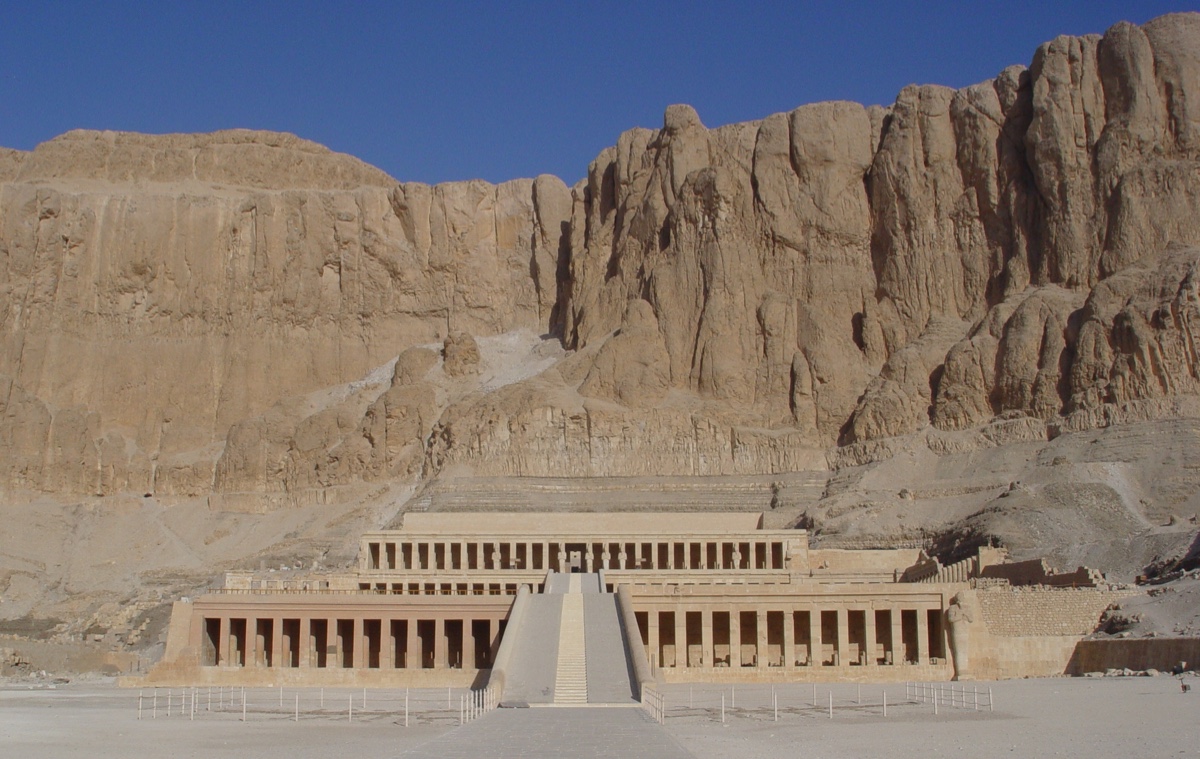
Image-2 Caption: Hatshepsut Temple at Hathor © Leon Mauldin
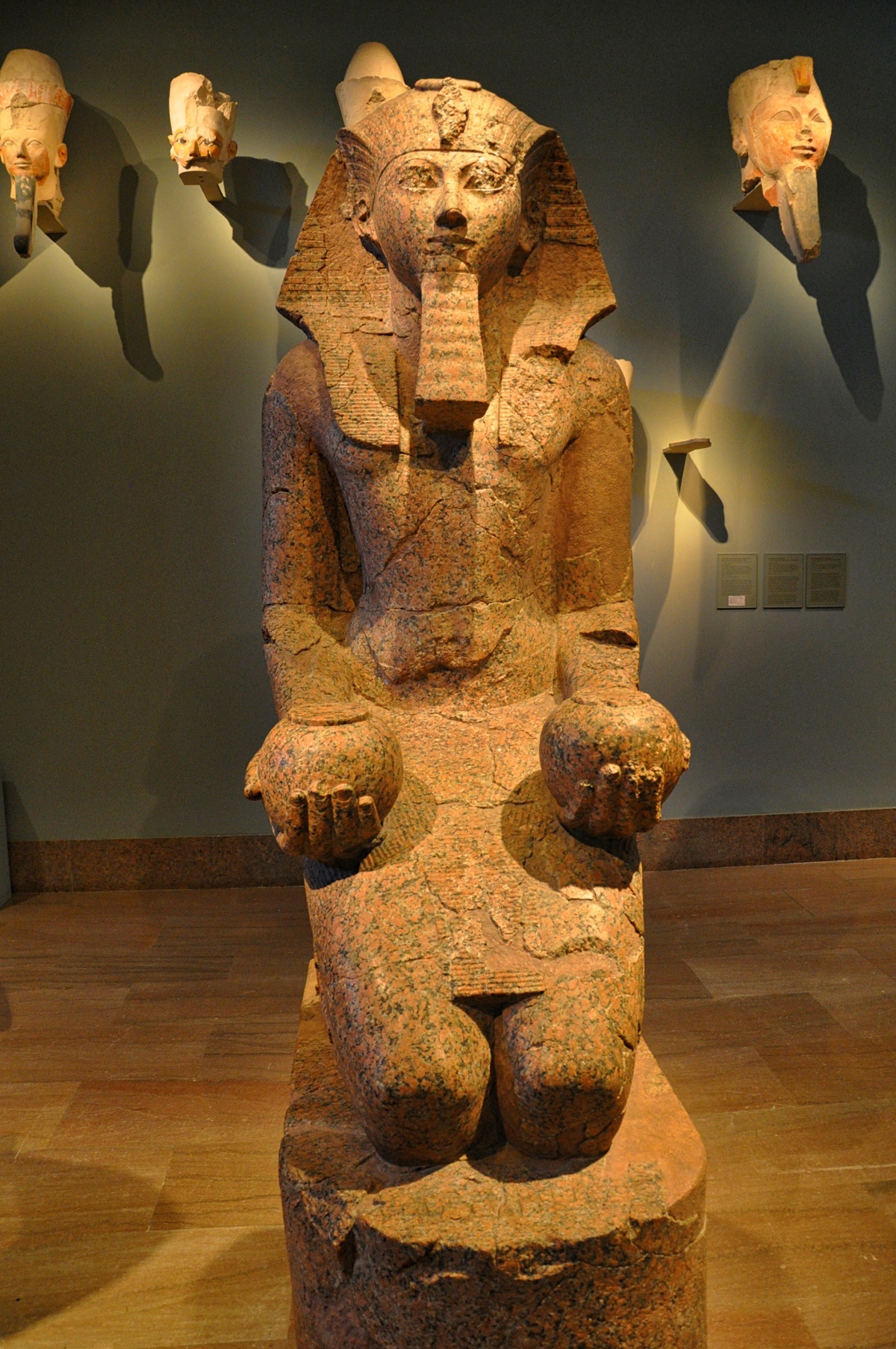
Image-3 Caption: Hatshepsut Statue, Metropolitan Museum, NY © Leon Mauldin

